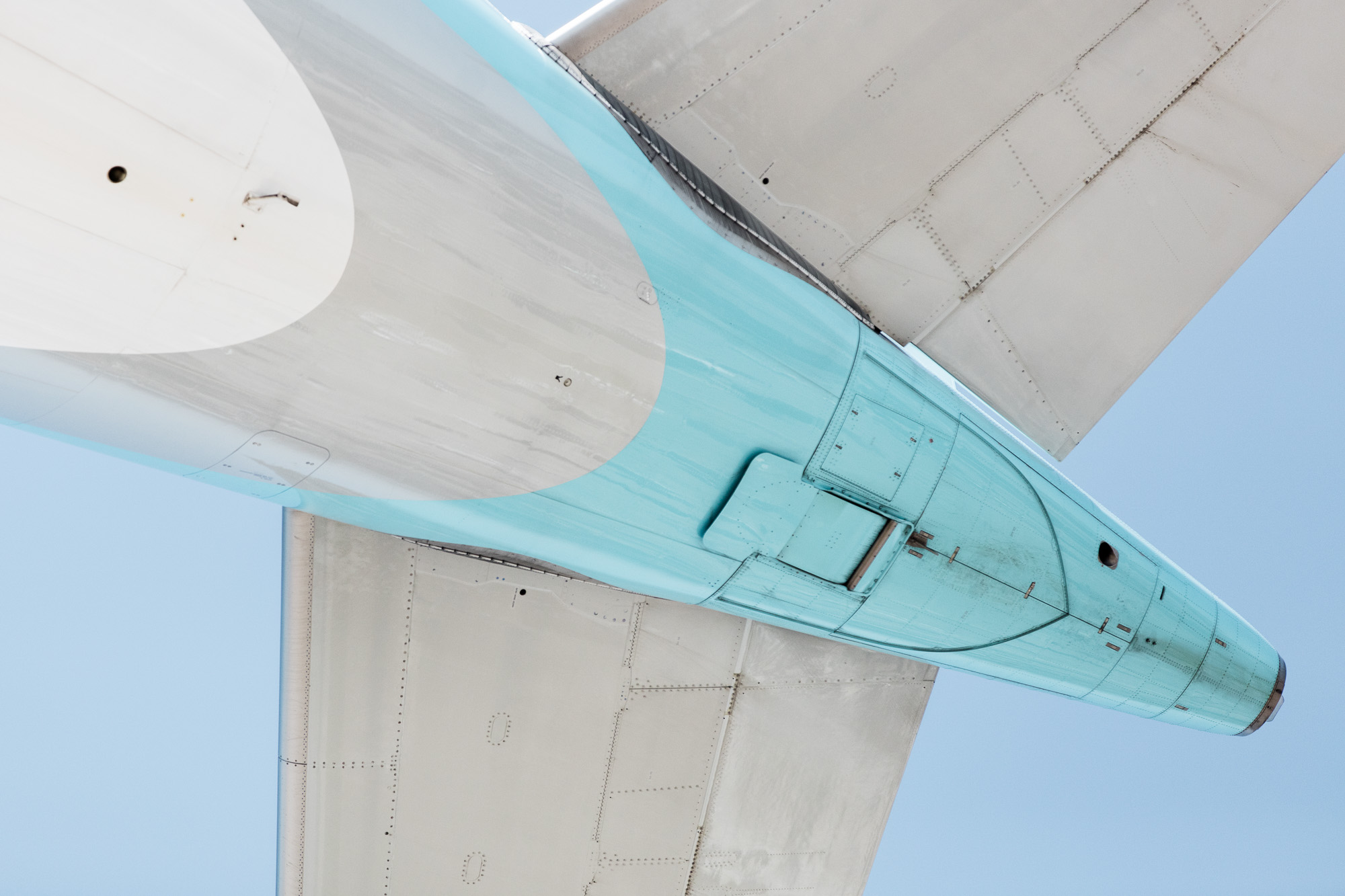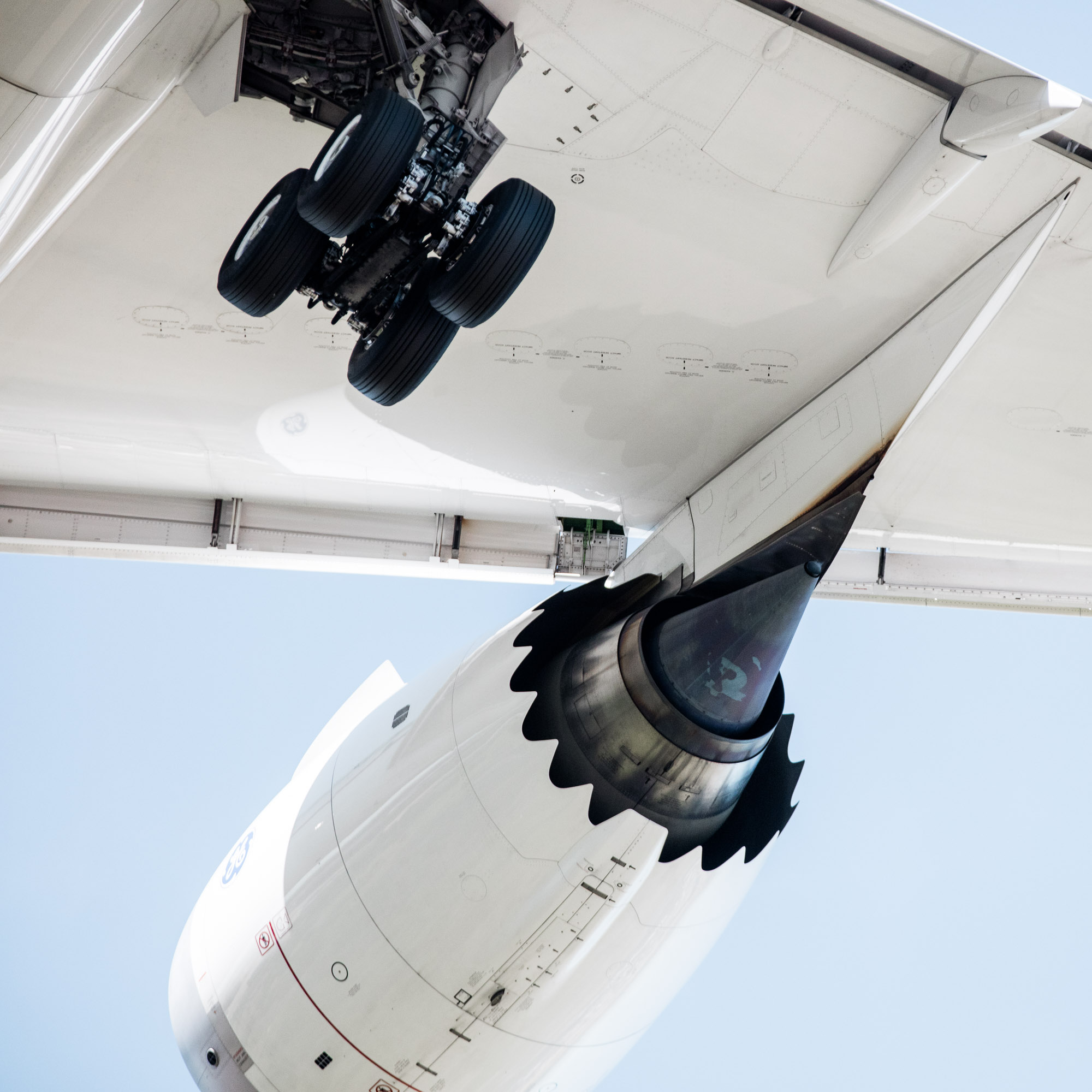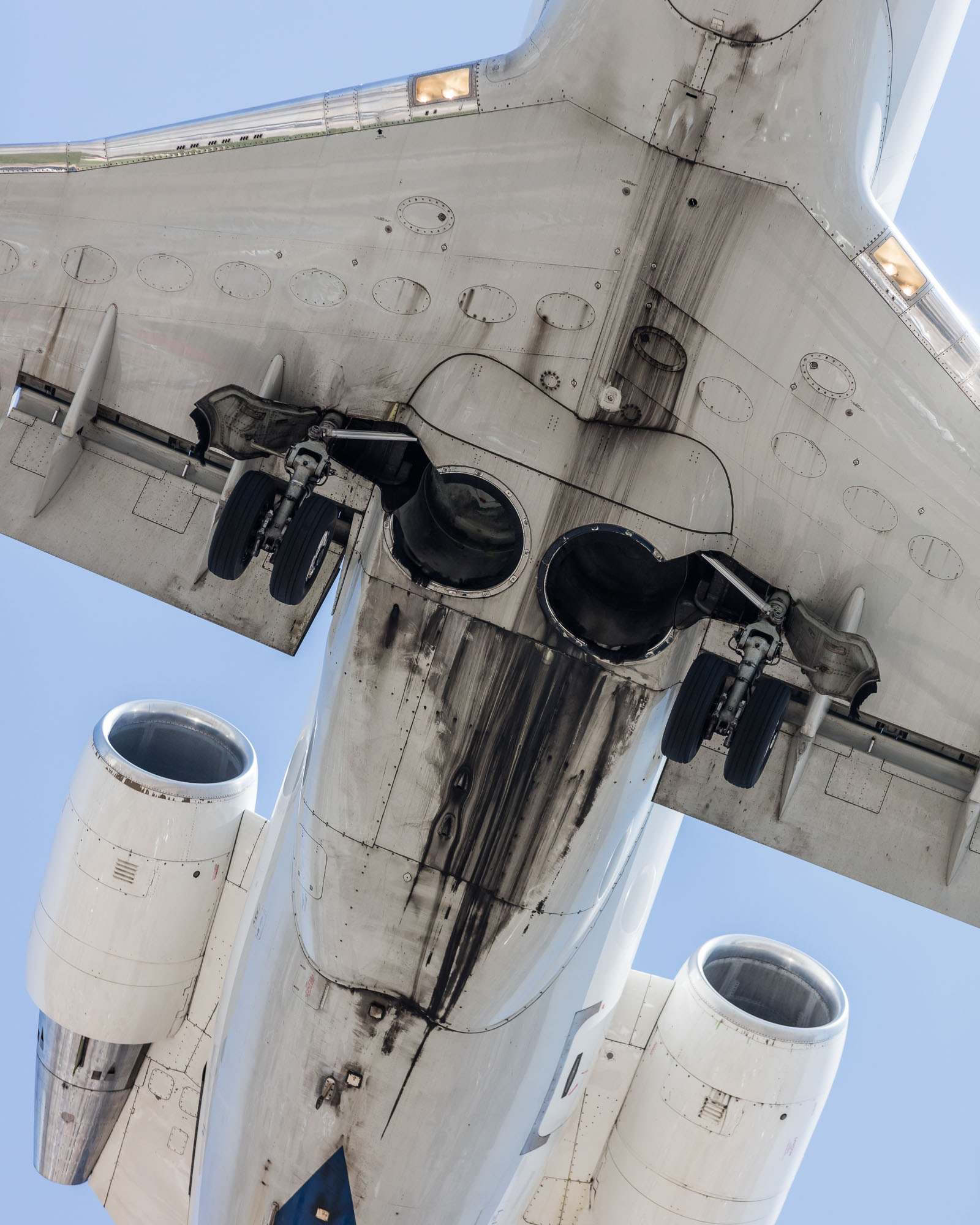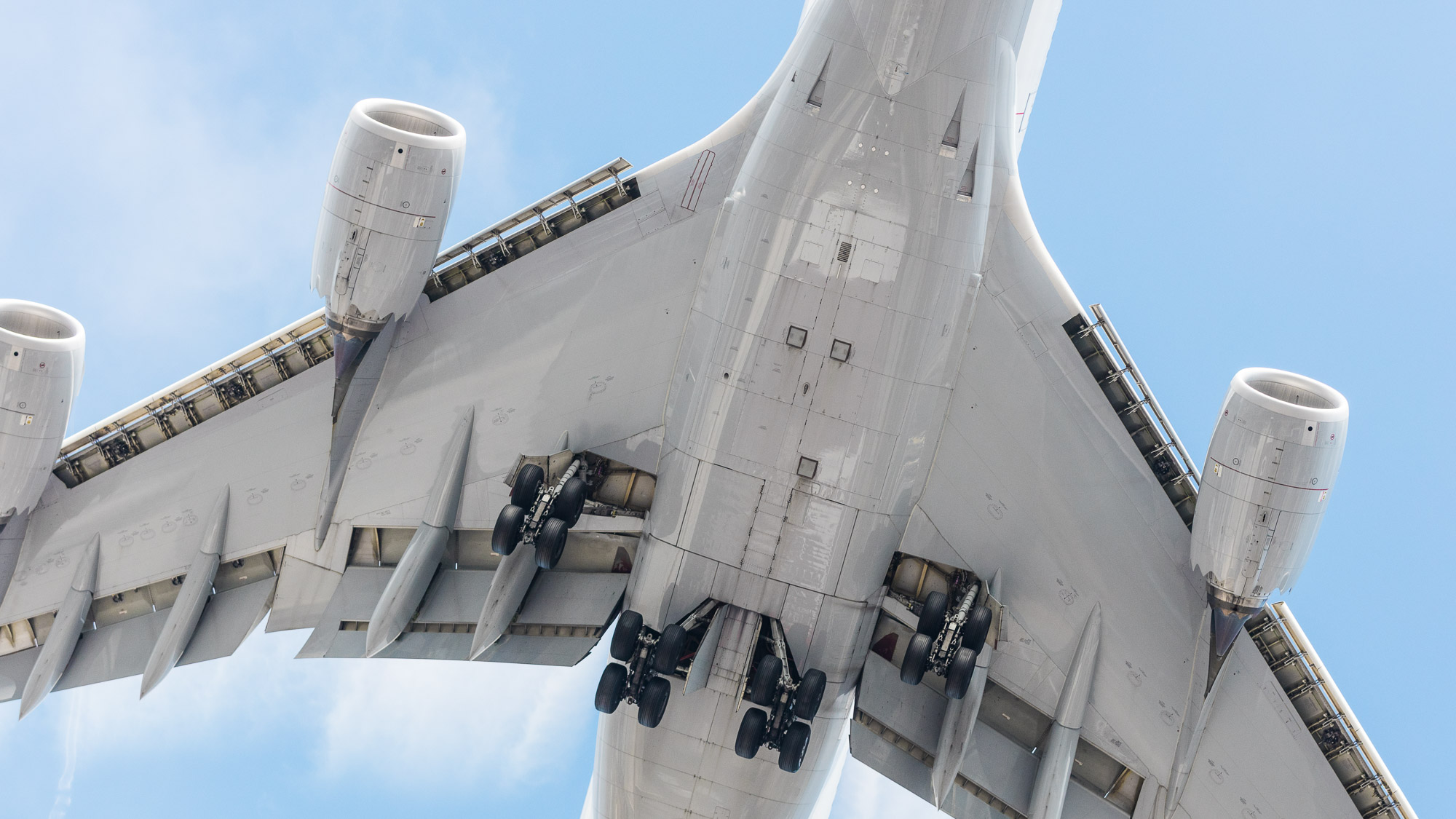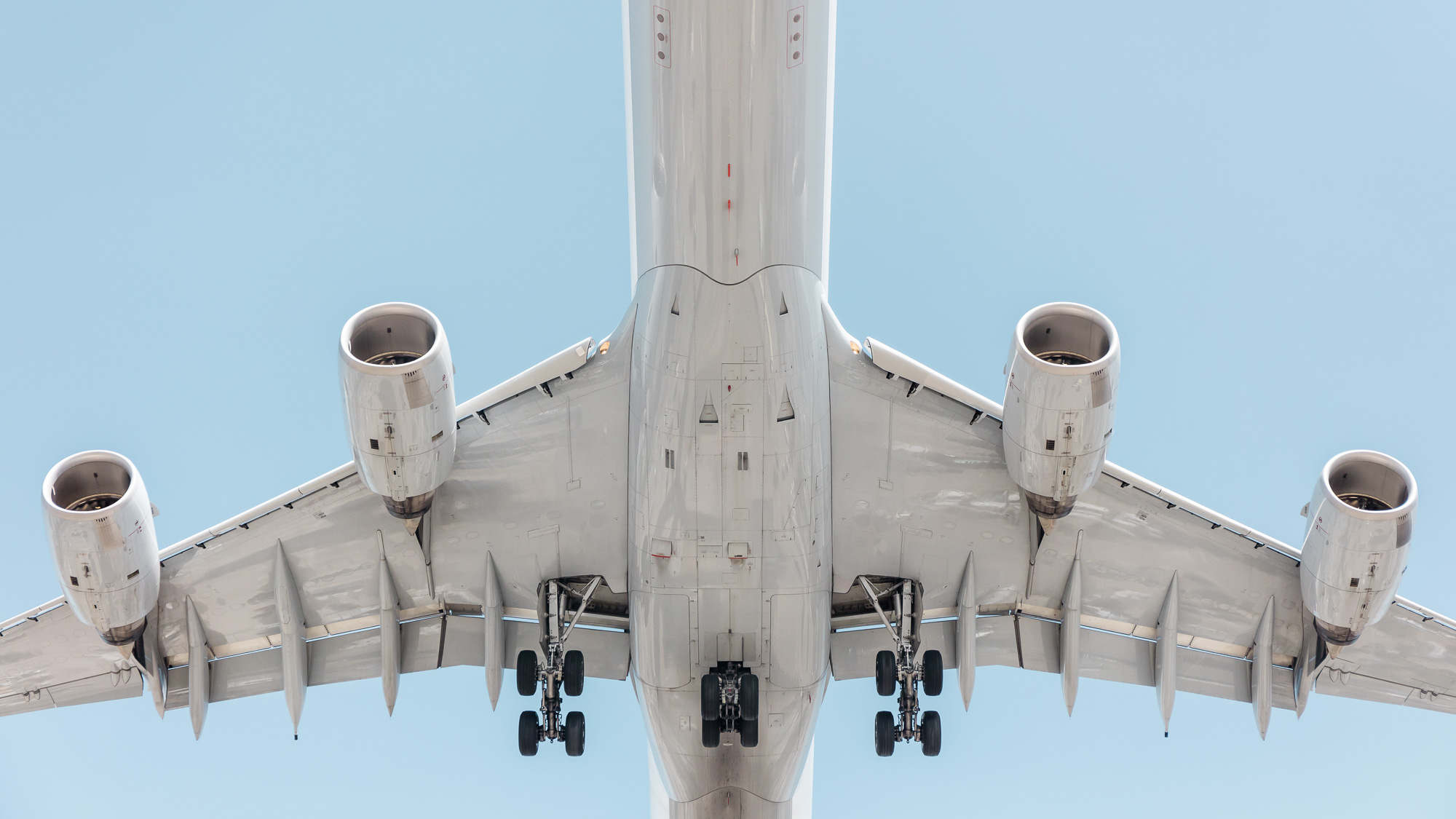I’ve featured the work of Mike Kelley a few times on the blog, most recently my support for his LA Airspace kickstarter project (my copy of LA Airspace is still sitting happily next to me as I type this).
This morning Mike debuted a new image series called Final Approach. It’s a series of high-resolution images of various aircraft making their final approach into LAX. Some of the details you can see are incredible!
I love seeing the intricacies of aircraft since I believe the modern airliner is one of the true marvels of our time. There are so many parts that simply work every time to get us safely to our final destinations, and the Final Approach series highlights them in a way you’ve probably never seen before.
I caught up with Mike and asked him to answer a few questions for ATB readers:
“Tell me about your interest in aviation photography”
It sounds sort of cheesy, but for as long as I can remember I’ve always at least had a passive interest in aviation. Back in 2011 or so, I became a full time architectural photographer, and with the newfound knowledge of cameras and Photoshop, I found I was much better able to explore my interest in aviation as well. Airplanes are absolutely fascinating, and they mean so many things to so many different people, so they make a great subject. In 2014 I had the idea to combine some of my architectural photography techniques (compositing, blending time, etc) to create ‘Wake Turbulence’ which went very, very, viral. From there, a sort of mini-career was born, and I’ve been able to take my aviation photography from a sort of pet project to a second source of income.
“Which is your favorite plane and why?”
There can only be one – the 747! Not only does the stately and dignified appearance make for great photographs, but it’s also just such an icon. It changed aviation forever, and it’s got so much character when you’re flying it. From sitting on the upper deck to sitting in the nosecone, or even riding way down in the back, you can tell it was engineered for a different era. These days, most airplanes are designed for nothing more than pure efficiency and profit, but the 747 is a bit of a different story. Lastly, you just can’t beat the sound of those four engines howling on takeoff.
“Which is your favorite airport at which to take pictures?”
It’s so hard to pick just one. How about three? One of my favorites is certainly Tokyo Haneda. There are publicly accessible viewing decks on every terminal, it’s totally clean and pleasant, and it’s so easy to spend an entire day there. It’s also in one of the best cities in the world, and it’s so easy to. The Japanese have really made an art of planespotting!Amsterdam Schiphol is also amazing. While most airports are in the middle of not so pleasant areas, or surrounded by water, or otherwise impossible to get to – Schiphol is in the middle of the dutch countryside. Some of the runways don’t even have fences around them. You can get so close, and it’s so surreal how quiet the area is. There’s also a ton of great ‘spottersplaats’ or spotter spots, as they’re called – with facilities and food. Everyone I met there was very kind and accommodating.My last is my home airport of LAX. While it’s a complete pain in the ass to get to, hard to navigate, loud, and noisy, you can’t beat how close you can get to arrivals and departures. You can have your shoes off and your toes in the sand while planes from all around the world takeoff and land over your head, or you can go for the classic In-N-Out burger and have your hair buzzed by a 777 because they’re so dang close. It’s just that traffic makes it such a nightmare sometimes. I’ve been slapped with $100 parking tickets for overstaying my spot by 15 minutes. It’s really a thing of terrible beauty, LAX…
“What sort of equipment did you use for Final Approach? Any tips for aspiring aviation photographers?”
The equipment I used for this series was pretty straightforward. I used a Canon 5dsr body, a Canon 24-70mm F4 IS L lens, and a Canon 70-200mm 2.8 L IS lens. That I was able to shoot some of these with a 24-70 should give you an idea of just how dang close I was for so many of these shots! The 5dsr is amazing for resolving detail, I’m so glad I had it – on a lot of these images you can actually read the refueling instructions and warning labels printed under the wing. In a couple you can even read the labels in the landing gear bay.If you’re looking to get into this field professionally, I can’t stress enough that you’ve gotta do things that other people aren’t doing. Regular planespotting photos are a dime a dozen. Airliners and Jetphotos are full of millions of them, but the problem is, they’re all the same. Try putting a little artistic twist on, showing the world something that we take for granted or don’t otherwise get a chance to see and you’ll be in a much better position to have your work be received outside of the spotting community.

